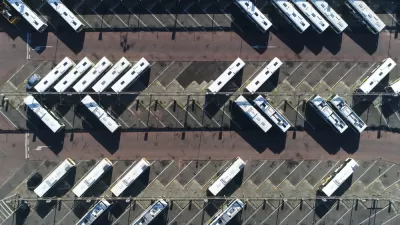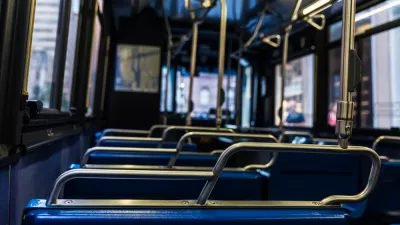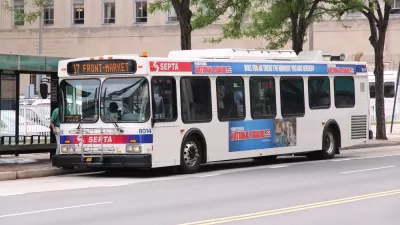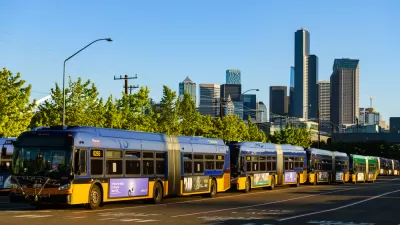Transit providers around the country are scrambling to find new sources of revenue to replace lagging ridership and reorienting their systems to a future less dependent on daily commuters.

According to an S&P Global Ratings report, which this month downgraded the public transit sector from stable to negative, “Some public transit operators face an operating fund fiscal cliff — especially if they are unable to identify new revenue sources or right-size operations reflecting lower expected ridership levels — once the federal assistance aid now compensating for diminished passenger fare revenues is depleted.” Dan Zukowski highlights the crisis in Smart Cities Dive, as major systems across the country struggle to find sources of funding as ridership remains low, particularly in cities with high rates of remote work. Meanwhile, other issues plague transit systems:
“Labor shortages are reflected in the signing bonuses they offer bus operators. Many agencies are looking toward major investments to electrify their bus fleets. And new approaches to better serve their communities have some agencies redesigning bus networks and trying alternative fare strategies, including fare capping, discounted fares and eliminating fares.”
Zukowski points to zero fare transit programs that have successfully boosted ridership in their cities, noting that free fares can reduce agencies’ operational costs by eliminating the need for collection mechanisms and enforcement. Ultimately, finding revenue sources other than fares, such as congestion pricing programs, might be essential to the survival and effective operations of U.S. transit agencies.
FULL STORY: To close budget gaps, transit agencies face hard decisions in 2023

Alabama: Trump Terminates Settlements for Black Communities Harmed By Raw Sewage
Trump deemed the landmark civil rights agreement “illegal DEI and environmental justice policy.”

Study: Maui’s Plan to Convert Vacation Rentals to Long-Term Housing Could Cause Nearly $1 Billion Economic Loss
The plan would reduce visitor accommodation by 25% resulting in 1,900 jobs lost.

Why Should We Subsidize Public Transportation?
Many public transit agencies face financial stress due to rising costs, declining fare revenue, and declining subsidies. Transit advocates must provide a strong business case for increasing public transit funding.

Wind Energy on the Rise Despite Federal Policy Reversal
The Trump administration is revoking federal support for renewable energy, but demand for new projects continues unabated.

Passengers Flock to Caltrain After Electrification
The new electric trains are running faster and more reliably, leading to strong ridership growth on the Bay Area rail system.

Texas Churches Rally Behind ‘Yes in God’s Back Yard’ Legislation
Religious leaders want the state to reduce zoning regulations to streamline leasing church-owned land to housing developers.
Urban Design for Planners 1: Software Tools
This six-course series explores essential urban design concepts using open source software and equips planners with the tools they need to participate fully in the urban design process.
Planning for Universal Design
Learn the tools for implementing Universal Design in planning regulations.
Caltrans
Smith Gee Studio
Institute for Housing and Urban Development Studies (IHS)
City of Grandview
Harvard GSD Executive Education
Toledo-Lucas County Plan Commissions
Salt Lake City
NYU Wagner Graduate School of Public Service





























